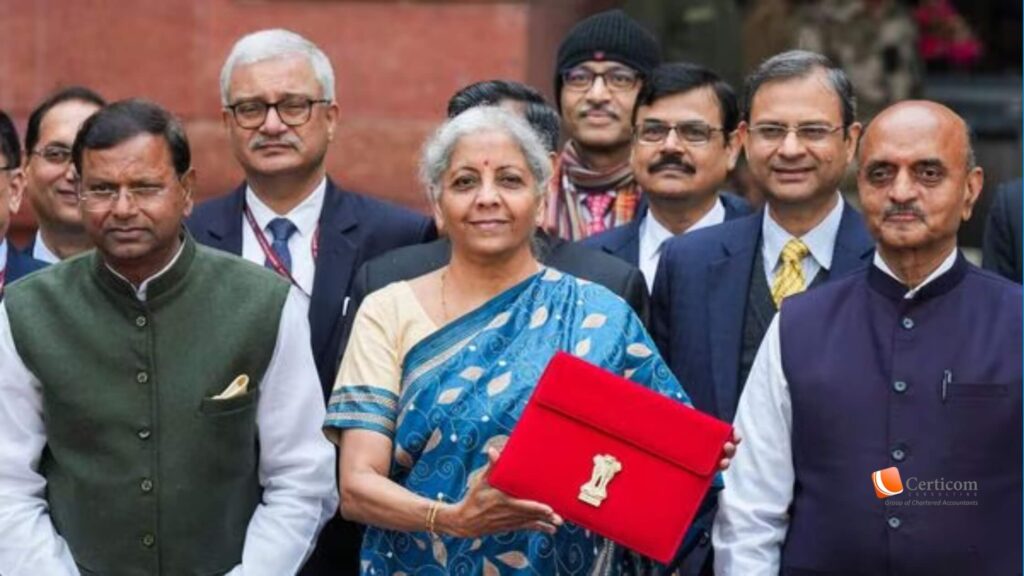Major Highlights of the Interim Budget 2024

1. For 2023–2024 (FY24), the government’s shortfall between its receipts and outlays is projected to be 5.8% of GDP, or the revised fiscal deficit. A 5.1% GDP fiscal deficit is anticipated for FY25. In 2025–2026 (FY26), the goal is to bring the fiscal deficit down to less than 4.5% of GDP.
2. Income tax slabs remain unchanged.
3. The government has made a significant announcement by agreeing to waive unpaid direct tax claims up to Rs 25,000 for the years 2009–10 and up to Rs 10,000 for the years 2010–11 through 2014–15.
4. According to Sitharaman, the number of tax filers increased by 2.4 times. Since 2014, the amount collected in direct taxes has tripled. The estimated tax revenue for 2024–2025 is Rs 26.02 lakh crore.
5. Two crore new homes would be included in the Pradhan Mantri Awas Yojana – Gramin (PMAY-G) according to the Finance Minister.
6. This will be a great age for our tech-savvy children. With the provision of a 50-year interest-free loan, a corpus of Rs. 1 lakh crore will be established. Long-term financing and re-financing with extended terms and low or no interest rates will be made available by the corpus. This will incentivize the private sector to considerably increase research and innovation in early-stage industries.
7. “Create programs that harness the power of technology and our young people.” In order to accelerate Atma Nirbharta and improve deep tech technology for defense, a new plan will be introduced.
8. Sitharaman also declared his intention to use the “existing hospital infrastructure under various departments” to establish other medical institutions.To look into the problems and provide recommendations that are pertinent, a committee will be formed for this purpose.

9. Their dignity has been improved by outlawing triple talaq, allocating one-third of the seats in the Lok Sabha and state assemblies to women, and providing over seventy percent of the dwellings in rural regions under the PM Awas Yoajana to women.
10. “One crore families will be able to receive up to 300 units of free electricity per month through roof-top solarization. This plan is in line with the Prime Minister’s determination on the historic day of Shri Ram Mandir’s Ayodhya dedication. By 2070, the government wants to reach “net zero.”
11. “Long-term interest-free loans to be provided to States to encourage development” is a plan to boost tourism.
12. Sitharaman began her address by pointing out that for the past ten years, there has been positive change in the Indian economy.
13. “The needs and aspirations of the poor, women, youth, and farmers will guide the country’s growth.”
14. By 2047, the government wants to have transformed India into “Viksit Bharat.””Sabka sath, sabka vikas” is our main concern.
15. GDP is a priority for the government, along with governance, development, and performance.
16. “Our government is working with an approach to development that is all-round, all pervasive, and all inclusive,” stated the Finance Minister in reference to social justice.
17. The Ministry of Finance forecast that the Indian economy would grow at a rate of more than 7% in the upcoming years and that, with a $5 trillion GDP, it will rank third in the world in the next three years in a review report released prior to the interim budget.
Related Post
Foreign Tax Credit in India: A Guide for NRIs
Top 10 Tax Filing Rules for FY 2024-25
Book A One To One Consultation Now For FREE
How can we help? *




